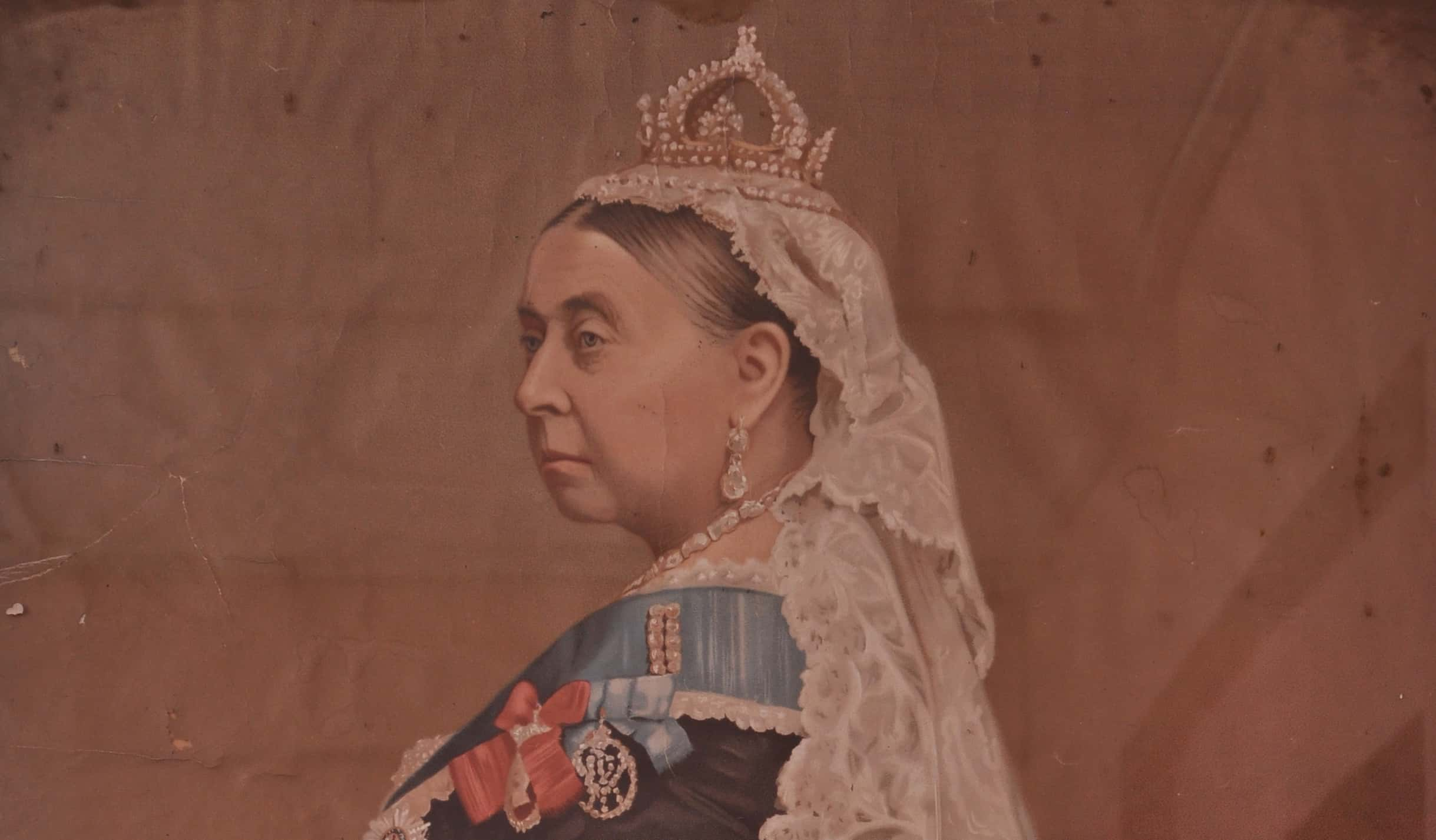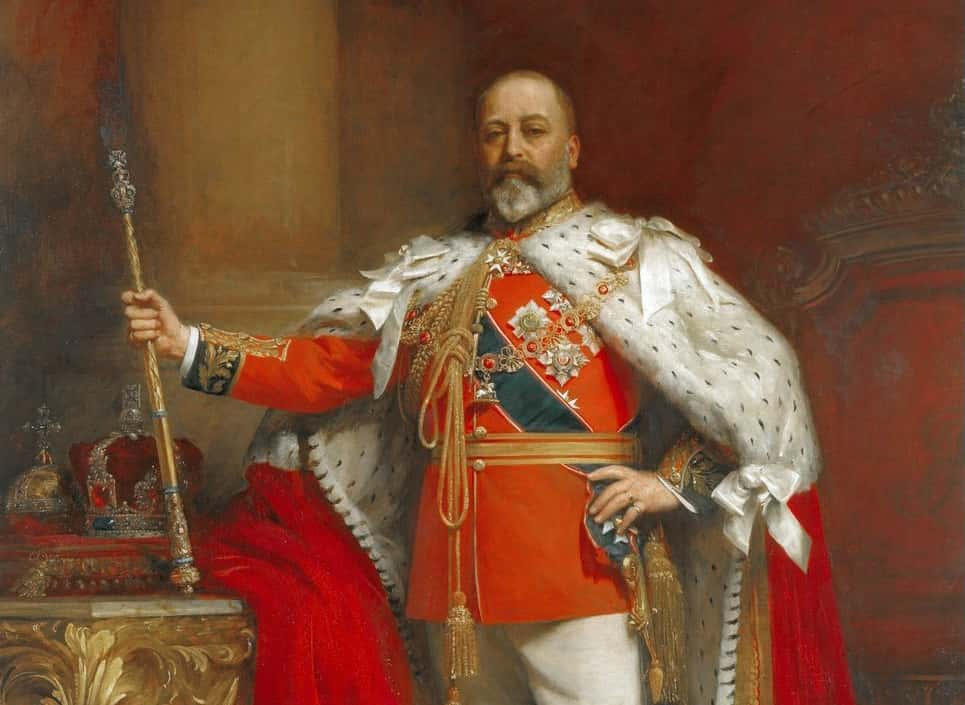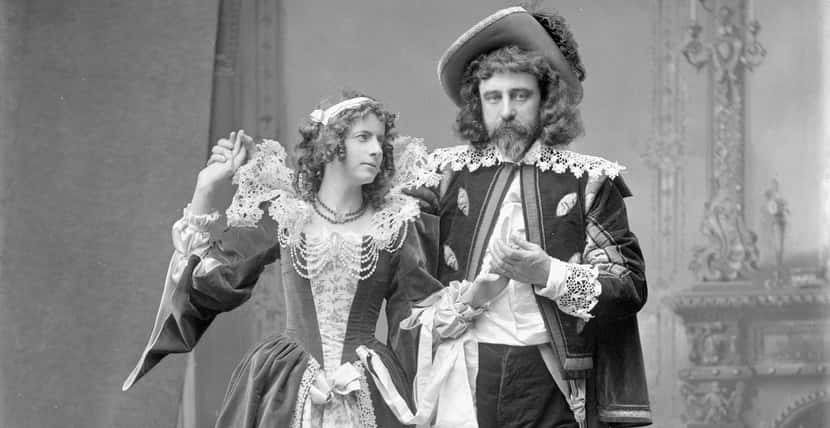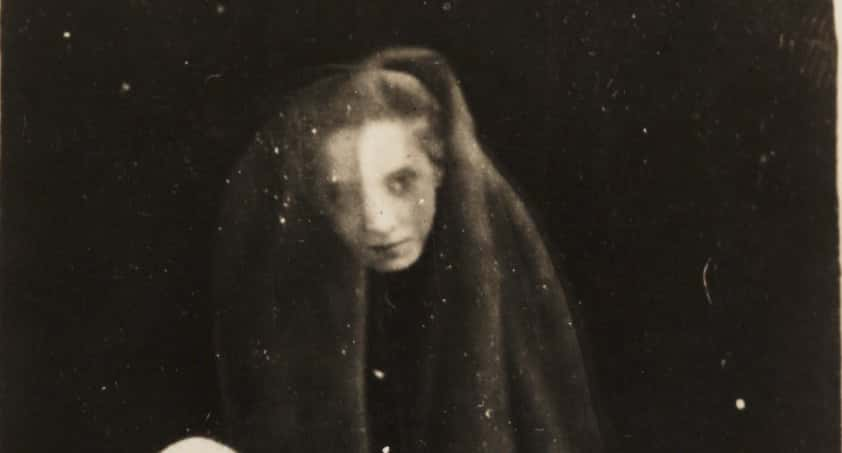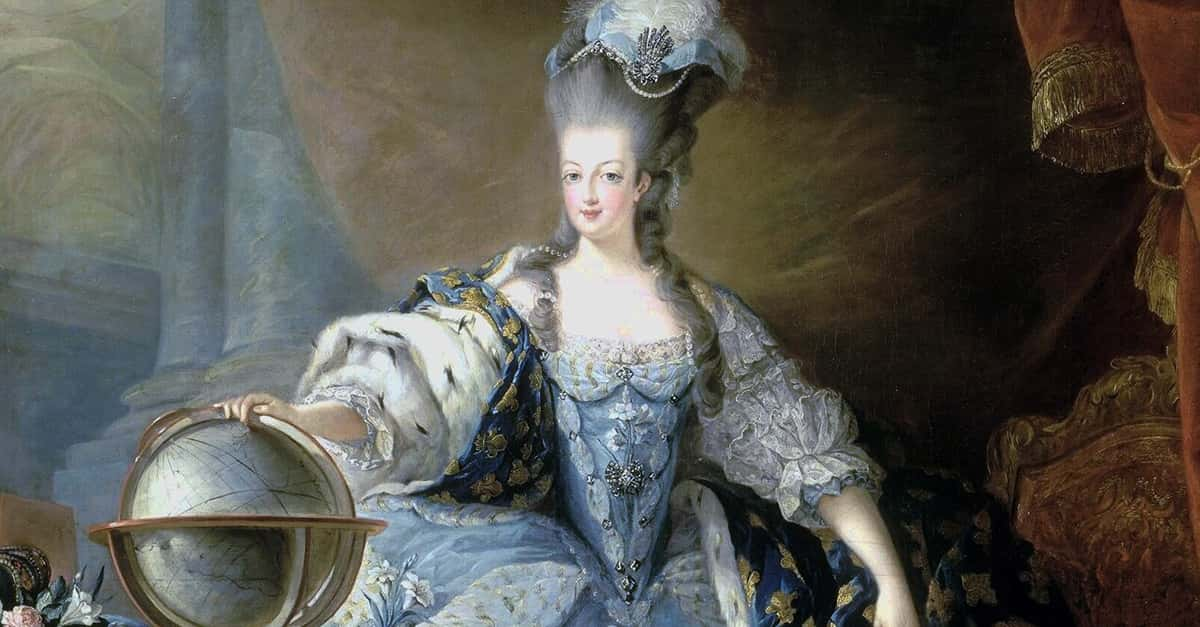When many people think of Victorians, they may think of the stereotype of a society bound by a strict set of rules, a sense of high morals, and interest in all kinds of reform—religious, political, social, and otherwise. While this was certainly true, it wasn’t all exacting etiquette and harsh standards in the last half of the 19th century. As the maxim goes, creativity loves constraints, and this was absolutely the case in Victorian society. In an era where personal respectability was of utmost importance in every aspect of life, from clothing to behavior to hobbies, people managed to loosen up, and found increasingly creative ways to skirt the unwritten rules that they were held to, from risqué trends to dubious medical treatments to costume balls to paranormal pursuits.
The Victorian morality that we often conjure came about due to a variety of factors, but an emphasis on three core values in particular came to characterize the era: sexual restraint, a “tough on crime” stance, and severe rules regarding social conduct. While activities like gambling, drinking, and prostitution weren’t exactly acceptable before, they were definitely common. However, during the Victorian era, they became the target of reformers. So, without these base pleasures, how exactly were Victorians supposed to have fun? By finding new pursuits that were not yet taboo, of course.
Wild Things
The Victorian era was a time of fads and crazes, some more fleeting than others. While you’d never see a British royal with a tattoo nowadays, Queen Victoria’s son, the Prince of Wales (later King Edward VII), once returned from traveling with a peculiar souvenir: a tattoo of a Jerusalem Cross. The king also encouraged his sons to get tattoos as well, and this started a trend that trickled down to men of the aristocracy. Of course, this was hardly the only bizarre fad that the aristocracy latched onto. There were tales of nipple piercings, often joined by a chain, especially for women, even though these piercings wouldn’t be visible under the clothing styles of the day.
You Fancy, Huh
Thanks to the Victorian emphasis on respectability and sexual restraint, fashion during that era was nothing short of extra. Women were (mostly) covered from head to toe, although showing shoulders or a bit of cleavage could be acceptable. Any fabric not used to cover the upper half would undoubtedly appear on the voluminous skirts and wide bustles worn on the bottom half. However, aristocratic Victorians found a way to let loose with their wardrobes—and behavior—at costume or “fancy dress” balls.
The costumes worn at these balls were extravagant in both conception and execution. A list of common themes could be made, but truthfully, nearly any idea under the sun was made into a costume for the balls, which took place not only in England, but also in the US and Canada. Historical costumes were hugely popular, with women dressing up as Marie Antoinette or Catherine the Great. People also fell for costumes with international influence—Greek or Roman styles, or harem pants on a woman for a costume with an “Eastern” flair. Either way, attendees to these fancy dress parties strove for accuracy, meaning that if a costume was unorthodox or much more revealing than the typical Victorian outfit, it would be okay, because it was in the name of "authenticity."
If wearing something revealing wasn’t your bag and you just wanted to get weird, costumes that would embody abstract concepts were also popular. Whereas today if you were thinking “tennis,” you might grab a racket and a headband and call it a day, at a Victorian fancy dress ball, you might wrap an entire net around your skirt and use a piece of a racket as part of your hat. Thanks to the restrictive nature of Victorian society, a great creativity flourished when it came to leisure activities.
That's Hysterical
The concept of “respectability” so important to Victorian society was externalized not only through dress and costume, but also through an interest in “health” that occasionally spawned some very bizarre and dubious fads. After all, this was an era when many people still thought that disease was caused by “bad air” instead of germs—although thankfully, this theory was on its way out. It was important to achieve a type of physical ideal, and so fitness centers popped up for the upper classes to spend their time in—of course, the working class got enough exercise actually working.
In terms of medical trends—well, basically everything became a medical trend at some point in the Victorian era. A form of electroshock therapy was used in the Victorian period for everything ranging from muscle pain to liver problems. Hydrotherapy, or the “water cure,” was also an exceedingly popular treatment. Doesn’t a warm bath sound nice? Well, in the Victorian era, icy cold water was often the miracle cure, and different techniques were used to introduce it to the patient in order to get the body to produce pus, which the cold water “cure” would then flush out.
Finally, probably the most infamous of these medical trends had to do with the treatment of “hysterical” women. It was believed that A) many health problems (anxiety, depression, headaches) were hysteria; that B) said hysteria stemmed from the uterus (the two words have the same Latin root); and that C) the only way to cure it was for doctors to manually massage the area. I’ll spare you the details, but I think you can imagine what this looked like, and it was a surprising byproduct of a sexually repressive society.
Spiritualized
It might be expected that the church would be the backbone of such a highly moralistic society, and while that is true to a certain extent, Victorian society was increasingly secular. And so, of all the ways in which members of Victorian society managed to skirt the rules of propriety and respectability, one that was particularly pervasive was the craze for anything macabre and paranormal—in particular, what became known as spiritualism.
Spiritualism is the belief that the spirits of the dead exist and are able to communicate with the living through mediums, who are either naturally gifted at contacting those in the afterlife, or who have studied and trained to gain that skill. This led to a rise in the popularity of séances, which became totally normal social events during the era, like a getting-together for tea with the added value of talking to ghosts.
Many mediums rose to fame and prominence, claiming to be able to enter trances and talk to the dead—the spectacles that they would put on were just as much entertainment as they were a form of spiritual activity. Just as many other strange trends of the time gave the Victorians license to act out, so did these spiritualist pursuits. The mediums could act however they wanted in their so-called trances, and the refined women who witnessed them could scream or startle or openly weep in reaction to the bizarre display.
We Modern Victorians
While we might now view many of the trends that were popular during the Victorian era as bizarre or anomalous, there are modern parallels. The ardor with which fancy dress balls were prepared for is mirrored in the way that even adults will go all out for Halloween, and nowadays the interest in bizarre medical “treatments” skews more towards crystals, charcoal, and apple cider vinegar than it does hydrotherapy, but it still exists. Suppressed by the hierarchies of everyday life, people in the Victorian era, like us, found creative outlets that let them overturn the rigid social codes of conduct to which they were normally held.

